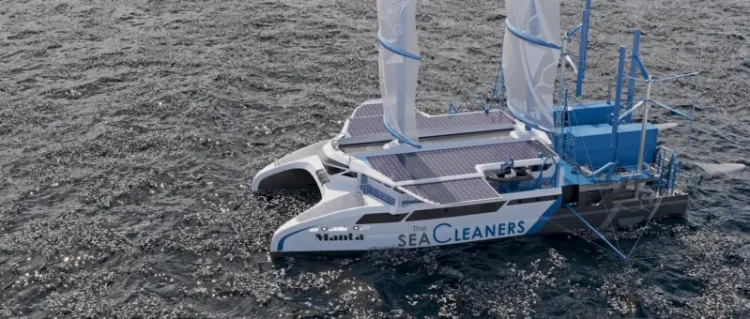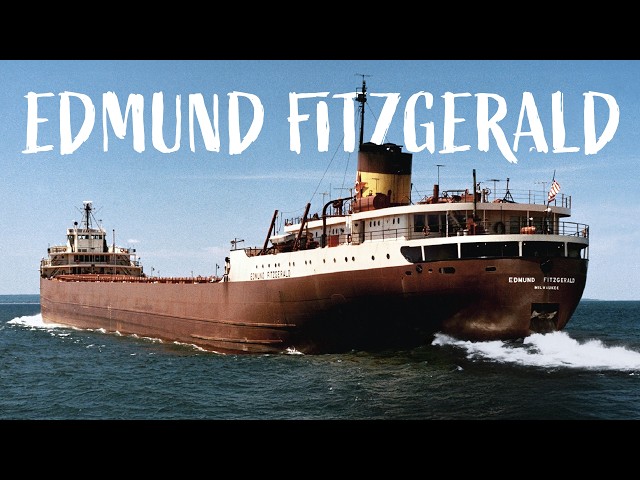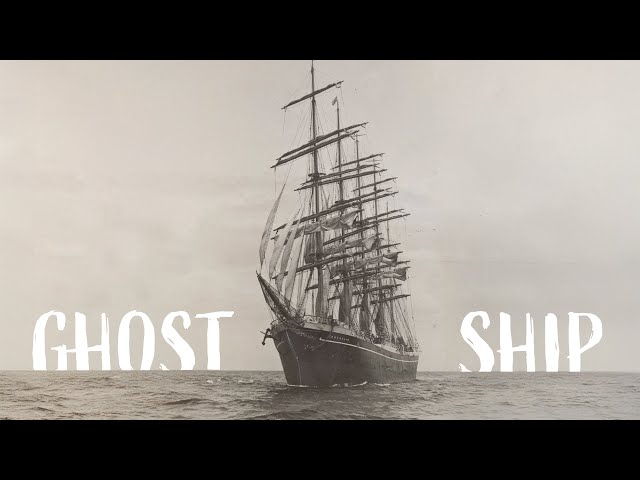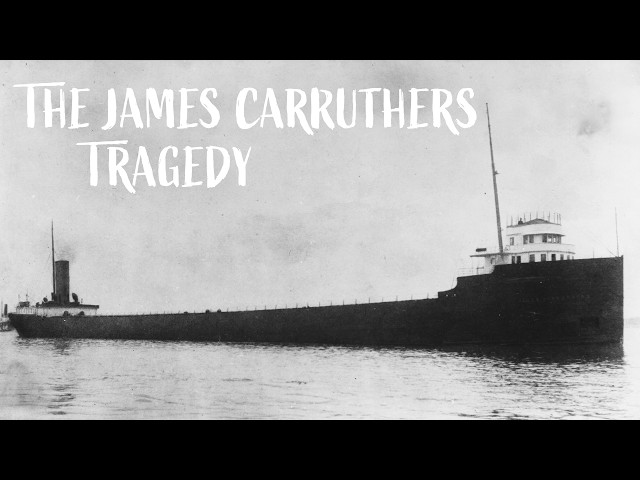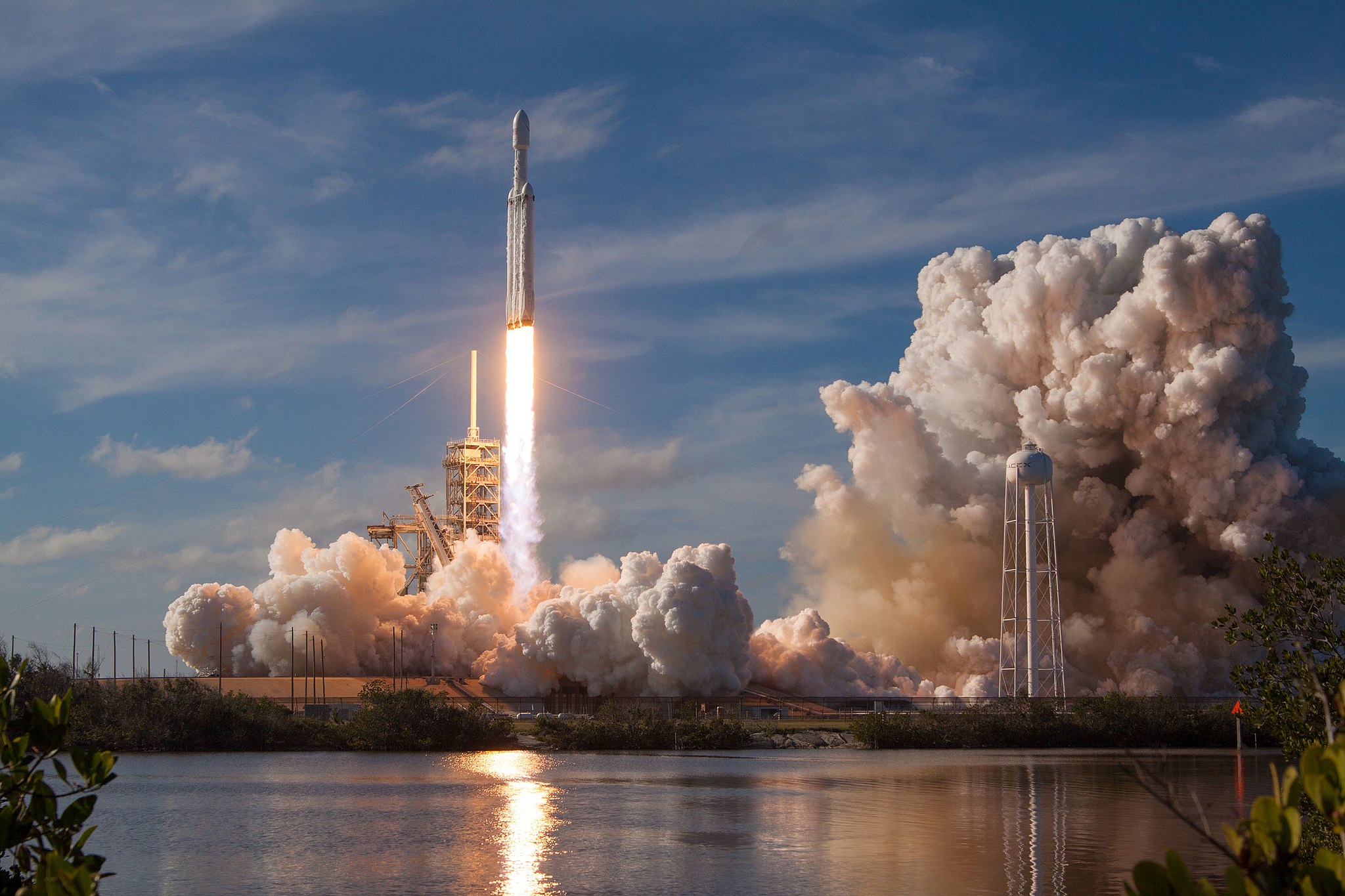In the relentless battle against ocean pollution, a groundbreaking solution has emerged: Manta, the ocean saver, a visionary concept vessel designed to cleanse our seas of plastic waste. Developed by Manta Innovation and The SeaCleaners, this state-of-the-art boat represents a fusion of cutting-edge technology, environmental stewardship, and meticulous planning. Let’s delve into the intricate design, functionality, and collaborative efforts behind Manta as it embarks on its mission to protect our oceans.
Design and Construction
Manta’s design is a testament to meticulous planning and innovative engineering. Crafted from lightweight yet durable materials such as carbon fiber composites, its sleek hull is optimized for maximum efficiency and maneuverability. The vessel’s modular construction allows for ease of assembly and maintenance, ensuring seamless operation in the harsh marine environment. Detailed construction plans meticulously outline every aspect of Manta’s structure, from the placement of intake ports to the configuration of its propulsion systems.
Propulsion and Speed
Powered by renewable energy sources including solar panels and wind turbines, Manta boasts an environmentally sustainable propulsion system. Electric motors, driven by lithium-ion battery banks, provide ample thrust while minimizing carbon emissions. With a cruising speed of approximately 2.5 knots during collection operations, Manta navigates the oceans with precision and grace, allowing marine life to safely evade its path.
Functionality
Manta’s primary mission is to rid the oceans of plastic waste, and its onboard systems are tailored for maximum efficiency. Surface collection systems, including conveyor belts and floatable nets, capture floating debris while minimizing the risk to marine life. Advanced sorting algorithms segregate plastics by type and size, facilitating efficient recycling and disposal. The vessel’s autonomous navigation system, guided by cutting-edge AI algorithms, identifies areas of high pollution density and optimizes collection routes for maximum impact.
Collaborative Design Process
Collaborating with marine animal welfare organizations was pivotal for Manta’s designers. Eric Le Plomb, Head of Scientific Operations, emphasizes the paramount importance of respecting animal welfare. Manta’s primary goal is to protect marine biodiversity, with a keen focus on minimizing harm to marine life during its operations. Leveraging expertise from renowned oceanographic organizations like IFREMER and the Institut de Recherches et Développement, the team meticulously crafted the vessel to minimize interactions with marine fauna.
Preserving Marine Life
One of the paramount concerns in designing Manta was to minimize its impact on marine life. Collaboration with marine animal welfare organizations ensured that the vessel’s operations are conducted with utmost care and consideration for marine biodiversity. With a cruising speed carefully calibrated to allow marine mammals, turtles, and adult fish to safely evade its path, Manta ensures minimal disturbance to marine ecosystems.
As Manta, the Ocean Saver, sets sail on its mission to protect our oceans, it embodies the pinnacle of human ingenuity and environmental stewardship. With its innovative design, advanced technology, and unwavering commitment to conservation, Manta stands as a beacon of hope in the fight against ocean pollution. As we embark on this journey alongside Manta, let us draw inspiration from its example and redouble our efforts to safeguard the precious ecosystems that sustain life on our planet.
